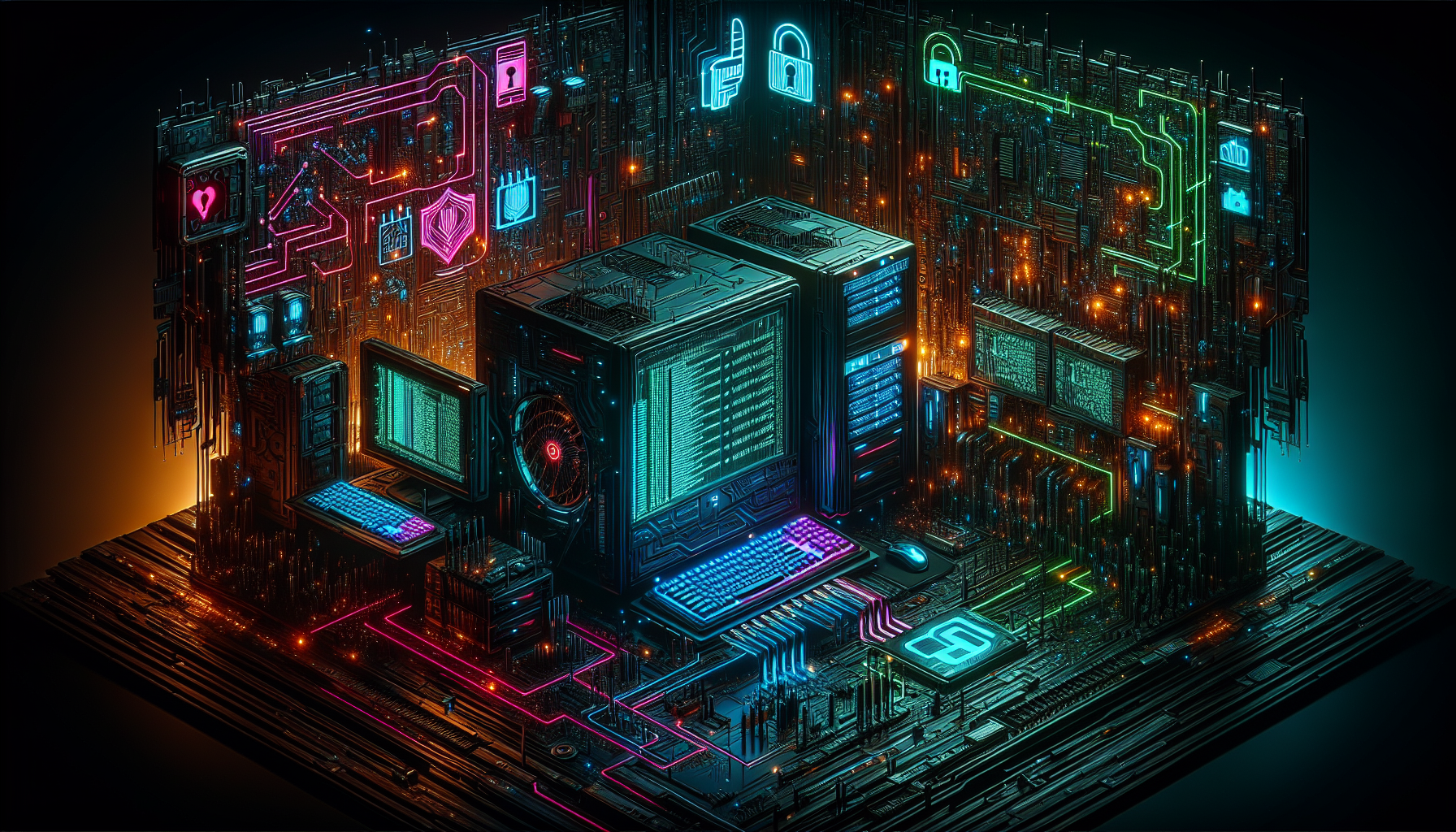For the discerning tech enthusiast, the allure of custom PC building isn’t just about squeezing out extra frames per second in the latest games or achieving smoother render times. It’s also an opportunity to tailor every aspect of the system for specific needs, including one of the most critical in today’s digital age: privacy and security. Let’s embark on a journey to explore how you can optimize your custom PC build to fortify your digital life.
Selecting the Right Hardware
Motherboard Choice: Start with a motherboard that supports features such as TPM (Trusted Platform Module) and secure boot. These features are crucial for full disk encryption and ensuring that your boot process hasn’t been tampered with.
|
|
Processor Selection: Opt for CPUs with hardware-based security features like Intel’s SGX (Software Guard Extensions) or AMD’s SEV (Secure Encrypted Virtualization). These technologies offer an additional layer of protection by facilitating secure computation environments.
RAM: Go for RAM with error-correcting code (ECC) capabilities. While not commonly used in consumer-grade PCs, ECC RAM can prevent data corruption and possible security vulnerabilities arising from it.
Storage Considerations
Self-Encrypting Drives (SEDs): These drives perform encryption and decryption tasks on the fly without impacting system performance. They are an excellent choice for securing sensitive data at rest.
NVMe vs. SATA SSDs: While both types offer significant performance over traditional HDDs, NVMe SSDs provide faster data transfer rates, which is beneficial when dealing with large encrypted files or databases.
Software Configuration and Security Practices
Operating System Choices: Consider using Linux distributions that are focused on security and privacy, such as Tails or Qubes OS. These OSes come with a suite of privacy tools and are configured out of the box to minimize exposure.
Full Disk Encryption (FDE): Whether you’re using Windows, macOS, or Linux, enabling FDE is a must. Tools like BitLocker, FileVault, and LUKS can secure your data from unauthorized access.
|
|
Firewall and Network Security: Beyond the hardware, ensuring your network is secure is paramount. Use a trusted firewall and consider a VPN service for encrypting your internet traffic. Open-source firewalls like pfSense can be tailored to your specific needs and offer robust protection.
Troubleshooting and Maintenance
Even with the most secure setup, issues can arise. Regularly update your BIOS/UEFI and firmware for all components to patch any known vulnerabilities. Pay attention to any odd system behavior as it could indicate malware or hardware failure.
Potential Issues:
- Performance degradation due to encryption overhead.
- Compatibility issues with older hardware or software.
- Difficulty in recovering data from encrypted drives if keys are lost.
To mitigate these issues, keep regular backups of important data and encryption keys. Use hardware that is well-supported and documented to reduce compatibility headaches.
Next Steps and Variations to Explore
- Dive deeper into network security by setting up a dedicated hardware firewall.
- Explore hardware options for secure boot and TPM beyond what your motherboard offers.
- Experiment with different Linux distributions to find the right balance between usability and security.
This journey through custom PC building for privacy and security barely scratches the surface. The field is vast and constantly evolving, with new threats and solutions emerging regularly. The key is to stay informed, be proactive in your security practices, and never underestimate the power of a well-configured piece of hardware. Happy building, and here’s to a more secure digital life!
